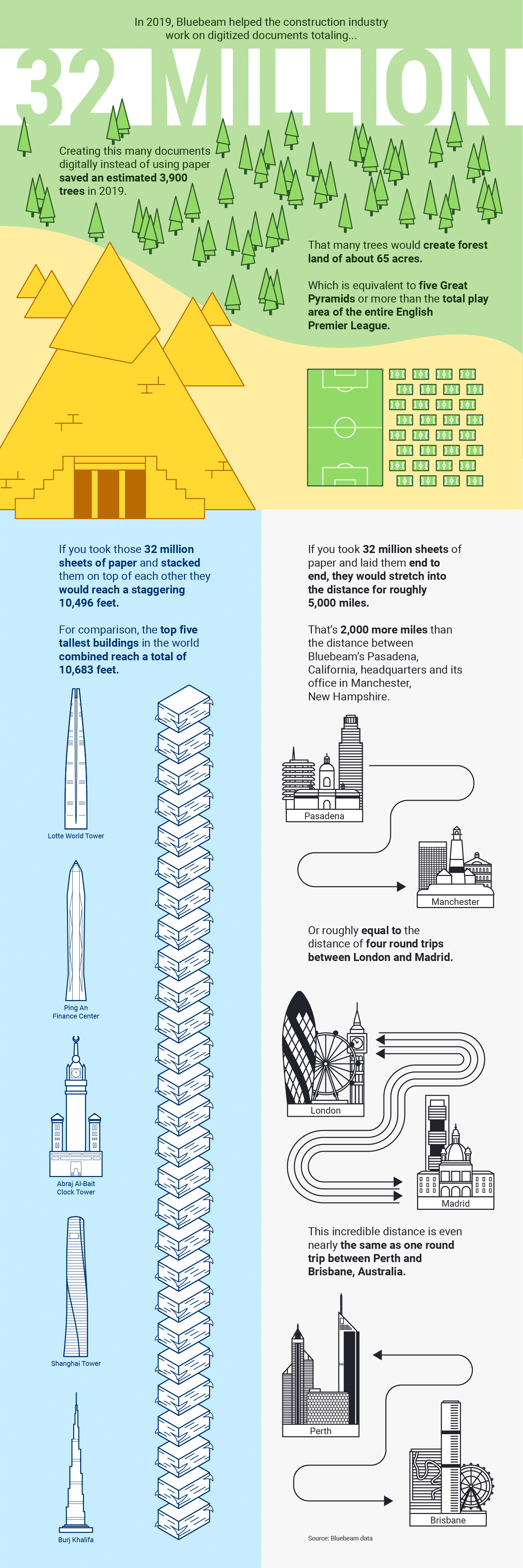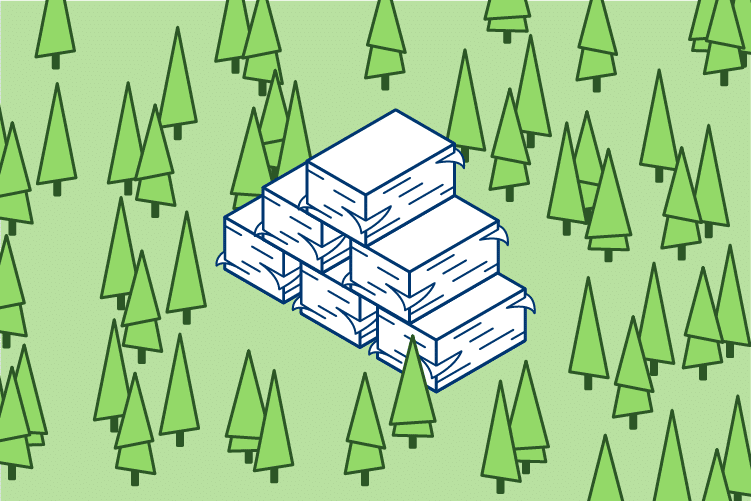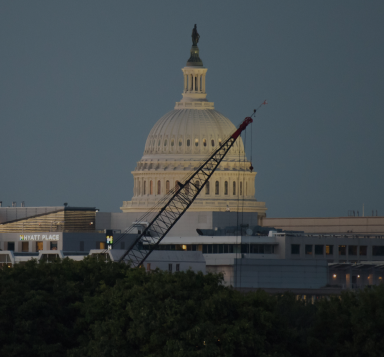To celebrate Earth Day, Bluebeam decided to put together an infographic showing how use of Bluebeam Studio in 2019 helped promote a more sustainable construction industry.


To celebrate Earth Day, Bluebeam decided to put together an infographic showing how use of Bluebeam Studio in 2019 helped promote a more sustainable construction industry.

Watch this on-demand webinar to learn how your agency can modernize permitting for faster, more compliant project delivery.
